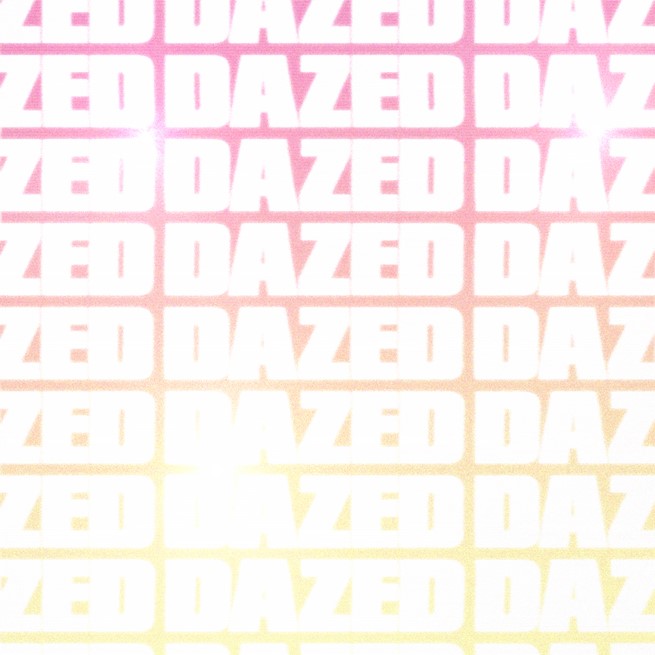The social media platform is the fastest growing news source for young adults in the UK, with Instagram in the top spot – a professional fact-checker shares her tips for navigating news feeds filled with misinformation
When you want to get a fix of impending doom and dystopian political discourse (aka The News), where do you turn? Is it the handy, straight-to-the-point infographics of Instagram’s Simple Politics, or do you prefer the garbled mess that comes from feeding the day’s headlines through the Twitter wringer? Maybe you prefer to have a microcelebrity break it down for you over the week’s top TikTok sound?
Chances are, young UK adults will answer yes to at least one of the above, according to the latest report from Ofcom. Last week (July 21), the UK communications watchdog released data that shows TikTok is officially the fastest-growing news source for all UK adults, as its reach increased from one per cent to seven per cent from 2020 to 2022.
Unsurprisingly, this surge is largely driven by young adults (16-24), with 27 per cent getting their news from the app. For now, Instagram and Facebook remain in the top spots for young adults with a 46 per cent share of their news consumption, while Twitter comes in just behind BBC One at 35 per cent.
Of course, it’s difficult to pin down the exact reason for this shift away from mainstream media outlets, since there are likely multiple factors at play: from a drastic loss of faith in UK institutions, to the fact we’re glued to the same handful of apps for 24 hours a day. However, Ofcom’s group director for strategy and research, Yih-Choung Teh, explains that the varied perspective on social media plays a large part.
“While youngsters find news on social media to be less reliable,” he says in a statement, “they rate these services more highly for serving up a range of opinions on the day’s topical stories.”
Naturally, the data has also stirred up a discussion about the widespread misinformation on social media – and this is, undeniably, a problem. As we get more and more of our news from Instagram, Twitter, and TikTok, we also have to navigate a landscape filled with fake information, from video game clips being billed as real footage from the war in Ukraine, to monkeypox fearmongering, COVID conspiracies, and other dubious health tips. So how do we separate fact from fiction?
Well, it helps that we have fact-checking organisations like Full Fact constantly patrolling for fake news (you might have seen their banners on Facebook, since they teamed up with Meta to highlight sketchy posts in 2019 – TikTok similarly enlisted independent fact-checkers to flag content in 2021). Even then, gathering enough evidence to determine the accuracy of any given post takes time and resources, and it’s inevitable that some fake news will slip through the cracks, leaving users to make up their own minds as they travel along the (mis)information superhighway.
Below, Full Fact’s online fact-checking lead Grace Rahman shares her top tips for spotting misinformation in your own news feed.
CHECK YOUR OWN BIASES
It’s no secret that social media creates an echo chamber where its users’ existing opinions and ideologies are reinforced, with algorithms designed to feed us the stories that provoke the strongest emotional response, and weed out the rest. This is a clever tactic to boost engagement, but it also skews our perspective, says Rahman: “If something really backs up your worldview… you’re not going to be as critical.”
Take Kraft ‘Gayo’ for example. Even Rahman was initially fooled by a photoshopped picture of rainbow mayonnaise, thanks to her pre-existing frustrations with rainbow capitalism and brands being “extremely cringe” (it has since been labelled as false information by Full Fact). That’s where her first tip comes in: “Assess how it makes you feel, and how that might be stopping you being critical.”
That doesn’t necessarily mean that it makes you happy – it could be something that riles you up, or makes you sad. The point is, an emotional response is likely to throw off your critical thinking, and might prompt you to comment or share a post without really looking into it.
IF IT LOOKS TOO GOOD TO BE TRUE…
It’s worth noting that fact-checking services regularly see misinformation coming from both ends of the political spectrum – another thing to think about when you’re evaluating your own biases. Sure, there’s a delicious sense of schadenfreude in reading a New York Times headline that says a right-wing activist had to put his campaigning aside because he caught a case of “super diarrhoea”. Alas, it is sadly not true.
Again, the way to not get fooled is by simply taking a moment to examine your own preconceptions. Ask yourself: “Does it back up your worldview, or your political stance, or something you’re passionate about? Because that might stop you looking at something critically.”
CHECK WHO POSTED IT
A good next step is to click on the original poster’s username. Sometimes, their account will show some obvious red flags. Like, are they wearing a tinfoil hat and filming Alex Jones-style rants about the New World Order? If so, avoid.
On the other hand, working out whether the OP is a reliable source isn’t always so easy, especially on an internet that’s awash with memes and post-irony. We’ve all seen a satirical TikTok or Twitter personality make a joke that goes over people’s heads, spawning a chain of outraged comments that miss the point entirely. For fact checkers like Full Fact, dealing with this kind of content is a tightrope walk. “We’re not the Fun Police,” says Rahman. Nevertheless, as satirical content spreads around the internet without its original context, people often begin to mistake it for authentic information. For that reason, it’s always worth trying to trace a suspicious news item back to the OP, because they might just be a professional shitposter.
“Classically, it’s a Twitter account that’s not verified,” Rahman says. “It has, like, one letter different. We get loads of fake politician tweets, [and] they’ll do the rounds for ages because people just haven’t noticed that the screenshot doesn’t have the verification tick, or they haven’t looked back at the person’s Twitter.”
REVERSE GOOGLE IMAGE SEARCH IS YOUR FRIEND
Wondering how you’d go about finding an original post in the first place? It’s not always easy, if all you’ve got to work with is a five-second clip of a middle aged man pointing at a 5G mast and ranting about it spreading coronavirus (ICYMI, it’s not). Or how about a deepfake that shows Boris Johnson endorsing Jeremy Corbyn?
Introducing: Google’s reverse image search feature. Simply drop key frames from the video into the Google Images search bar, and it should point you in the direction of the original video. Although before you “go Hackers [the 1999 cult classic] about it”, Rahman also recommends just taking a closer look, to see if anything appears out of place.
Another option is to search relevant phrases from a video, or text from an image, on Google or YouTube. Often, this will bring up the original as well, or, failing that, some news coverage or broader conversations that might offer more context.
Boris Johnson has a message for you.#GE2019pic.twitter.com/ST4dXPbRYE
— Future Advocacy (@FutureAdvocacy) November 12, 2019
WHAT DO THE COMMENTS SAY?
In fact, conversations that offer a different perspective on what you’re watching might be closer than you think. Working as a professional fact checker, Rahman often ends up checking the comments on a TikTok or Instagram post for more information, only to find that other users have done her work for her.
“I’m not saying to take all the comments [as] truth,” she says. “But sometimes people have dug into stuff, or might link to something, or mention something that they’ve seen, and that can sometimes help, or make you think something you hadn’t thought of. It’s a bit of a reality check.”
CHECK TRUSTED SOURCES BEFORE SPREADING FAKE NEWS
It seems obvious, but it’s a good idea to take a few seconds to check whether a news story has been covered by a major news outlet before wading into a heated debate about it in the comments section, or sharing your own hot take on the timeline. Rahman even advises checking multiple outlets to make doubly sure.
To come to your own conclusions, it’s also important to “read the whole story, rather than just the headline or a graph, or a little snapshot quote that’s been taken out of context”, she adds. And watch out for dodgy URLs that direct you to fake websites, which might look like real news outlets to the untrained eye (sorry guys, the BBC is not going to offer you free insider info on crypto trading).




